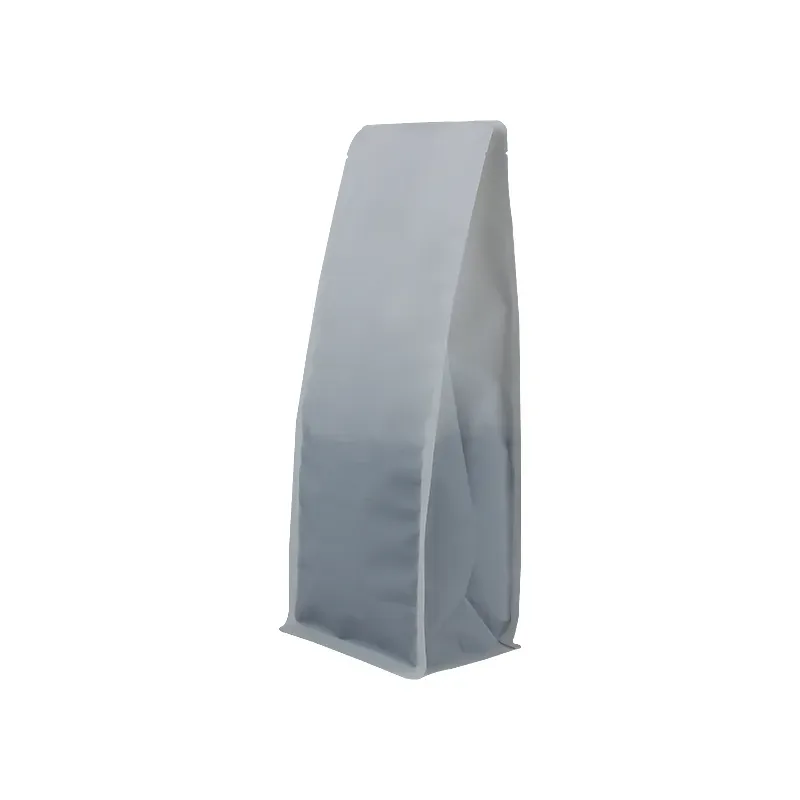- Afrikaans
- Albanian
- Amharic
- Arabic
- Armenian
- Azerbaijani
- Basque
- Belarusian
- Bengali
- Bosnian
- Bulgarian
- Catalan
- Cebuano
- chinese_simplified
- chinese_traditional
- Corsican
- Croatian
- Czech
- Danish
- Dutch
- English
- Esperanto
- Estonian
- Finnish
- French
- Frisian
- Galician
- Georgian
- German
- Greek
- Gujarati
- haitian_creole
- hausa
- hawaiian
- Hebrew
- Hindi
- Miao
- Hungarian
- Icelandic
- igbo
- Indonesian
- irish
- Italian
- Japanese
- Javanese
- Kannada
- kazakh
- Khmer
- Rwandese
- Korean
- Kurdish
- Kyrgyz
- Lao
- Latin
- Latvian
- Lithuanian
- Luxembourgish
- Macedonian
- Malgashi
- Malay
- Malayalam
- Maltese
- Maori
- Marathi
- Mongolian
- Myanmar
- Nepali
- Norwegian
- Norwegian
- Occitan
- Pashto
- Persian
- Polish
- Portuguese
- Punjabi
- Romanian
- Russian
- Samoan
- scottish-gaelic
- Serbian
- Sesotho
- Shona
- Sindhi
- Sinhala
- Slovak
- Slovenian
- Somali
- Spanish
- Sundanese
- Swahili
- Swedish
- Tagalog
- Tajik
- Tamil
- Tatar
- Telugu
- Thai
- Turkish
- Turkmen
- Ukrainian
- Urdu
- Uighur
- Uzbek
- Vietnamese
- Welsh
- Bantu
- Yiddish
- Yoruba
- Zulu
Cost Analysis of Coffee Bag Pricing Trends and Factors
The Economics of Coffee Bag Pricing
Coffee, often referred to as the elixir of life, has established itself as one of the most beloved beverages globally. With livelihoods built around this bean, from farmers in lush landscapes to baristas in bustling cafes, the economics of coffee pricing—particularly the cost of coffee bags—warrants a closer examination. The price of a coffee bag is influenced by several factors, including quality, sourcing methods, packaging, and market trends, all of which contribute to the consumer's experience.
Quality and Sourcing
At the core of coffee pricing is its quality. Premium coffee beans, such as Arabica or specialty-grade Robusta, typically lead to higher prices per bag. Arabica beans, known for their smooth flavor and aromatic qualities, are often cultivated in specific regions, such as Ethiopia, Colombia, and Brazil. These regions' climate and altitude significantly influence the quality and taste of the coffee. As a result, coffee sourced from these areas might come with a higher price tag due to limited supply and increased demand.
Moreover, the sourcing methods impact coffee pricing. Fair Trade and organic certifications often lead to increased costs because these practices require farmers to meet strict standards, which promote ethical labor and sustainable farming. Consumers who prioritize ethical sourcing are usually willing to pay a premium for a coffee bag that aligns with their values.
Packaging and Branding
The way coffee is packaged can also significantly influence its price. A well-designed bag that showcases the brand's identity can attract consumers willing to pay more. High-quality packaging materials not only preserve the freshness and flavor of the coffee but also contribute to the overall aesthetic appeal. In today's market, where branding plays a crucial role, many companies invest heavily in unique designs that tell a story, thereby justifying higher prices.
Moreover, the presence of single-origin coffee bags—those that come from one specific region or farm—often commands a premium due to their unique flavors and characteristics. Artisan roasters frequently highlight their sourcing stories, enticing coffee enthusiasts to try their products at a higher price point, fueled by the quest for unique taste experiences.
coffee bag price

Market Trends and Competition
Market dynamics also play a fundamental role in coffee bag pricing. The global coffee market is highly competitive, with both small artisanal roasters and large multinational corporations vying for consumer attention. The proliferation of subscription services and online retailers has altered traditional pricing structures, giving consumers access to a broader range of products at varying price points.
Trends in coffee consumption can also lead to significant price fluctuations. For instance, the recent surge in interest for cold brew and specialty coffees has driven innovation and diversification among coffee products. Consumers are now more inclined to experiment with different roasts and preparations, creating demand for niche products that often come with higher price tags.
Additionally, economic factors such as inflation, currency fluctuations, and supply chain disruptions directly affect the cost of coffee production and, consequently, the price of coffee bags. A sudden rise in fuel prices can increase shipping costs, leading to higher retail prices. Similarly, adverse weather conditions affecting coffee harvests can result in supply shortages, driving prices up amid increased demand.
Consumer Behavior
Ultimately, the price consumers are willing to pay for a coffee bag can reflect broader social trends. As the coffee culture continues to evolve, many consumers today see gourmet coffee as an experience rather than just a drink. This perception encourages them to invest in higher-quality coffee, viewing it as an essential part of their lifestyle. The trend toward premiumization means that consumers are often willing to pay more for high-quality, responsibly sourced coffee, fueling the rise of specialty coffee prices.
Conclusion
In summary, the price of a coffee bag is a fascinating interplay of factors, from bean quality and sourcing methods to branding and market trends. As the coffee industry continues to evolve, understanding these elements provides valuable insights into consumer behavior and the broader economic landscape. Whether enjoying a cup at home or savoring a brew at a local cafe, the price we pay for our coffee reflects much more than just the beans—it embodies a complex network of choices and values that define our coffee culture.













